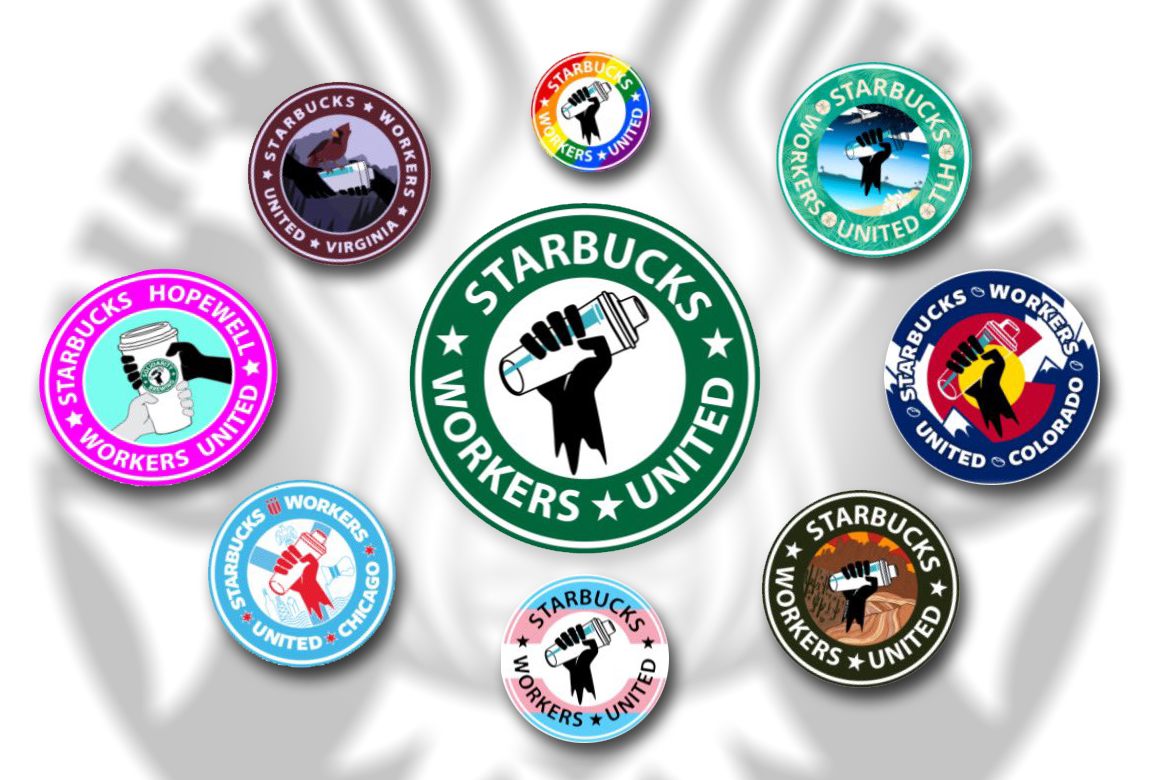



The Biden administration is using these good figures in an attempt to enhance its political standing. This is a common political use of the BLS jobs report.
But, to make investment decisions, capitalists need to know exactly how many workers in all its intricately connected sectors produce the goods and services that make up their Gross Domestic Product. For over 125 years the BLS has provided this information.
Workers can use the BLS reports to find out where jobs are available, what they pay and the overall conditions of their class. Bosses need to know what workers are getting paid; workers can also use this information to find out what they should be paid.
If you look at the BLS report closely, you might notice some discordant notes. (tinyurl.com/36543uu3)
The media ignored the following warning in the executive summary of the BLS report: “6.0 million persons reported that they had been unable to work because their employer closed or lost business due to the pandemic.”
This is considerably higher than the same figure in December, which was around 3.1 million. This 6 million figure excludes the 3.7 million workers the BLS reported as working part-time while seeking full-time work. This means nearly 10 million workers failed to find full-time work in January.
Anecdotally, some families reported that they only had $250 in income for the month of January and were facing evictions.
There were other irksome facts that the media, in its exuberance, ignored. The U.S. economy is still 3 million jobs below its level at the start of the pandemic in March 2020. The BLS notes: “Among those not in the labor force in January, 1.8 million persons were prevented from looking for work due to the pandemic.”
The disparities in unemployment rates among different groups, as reported by the BLS, are nothing to celebrate. The unemployment rate for Black workers is more than twice the rate for white workers. Latinx workers had a lower unemployment rate than Black workers but higher than the rate for white workers.
Young workers — ages 20 and under — had unemployment rates about 10%. The percentage of adults aged 20 to 55 participating in the job market is around 60%, which indicates how unattractive many jobs are in the United States.
The ‘Great Resignation,’ low-wage workers and unionization
From the Washington Post to the data service FRED, created and sponsored by the Federal Reserve Bank of St. Louis, wage increases for the lowest-paid workers in the U.S. have been tied to labor shortages, which have confronted the hospitality and restaurant industry.
The Federal Reserve Bank of Atlanta has published a study tracking wage growth of the lowest-paid 25% of nonsupervisory employees that takes inflation into account. It shows that this sector of workers has had a mere 5.1% wage increase after inflation over the past year.
The BLS has been tracking “quits,” volunteer separations from a job, since 2000. The latest data is from November 2021, when 4.5 million workers walked off their jobs.
Bosses in the U.S. abuse workers by making them work shifting schedules whenever it is convenient for the company. The current labor shortages make this type of abuse more costly to the bosses.
There is another factor that has brought bosses up short: Workers are organizing.
The recent and successful strike at King Soopers in Colorado and Wyoming included a demand for 500 new full-time openings and hefty wage increases. Recently over 60 Starbucks stores have filed for union recognition elections. Workers at three Amazon warehouses have union recognition votes scheduled.
Workers are growing more combative.
This statement was recently issued by over 30 groups. On Friday, March 28, Dr. Helyeh…
By Jeri Hilderley I long for peace and ease as stress and anxiety overtake me.…
Los siguientes son extractos de la declaración del Gobierno de Nicaragua del 9 de abril…
The following are excerpts from the statement of the Nicaraguan government on April 9, 2025,…
The following is a statement from the organization Solidarity with Iran (SI) regarding the current…
By Olmedo Beluche Beluche is a Panamanian Marxist, author and political leader. This article was…